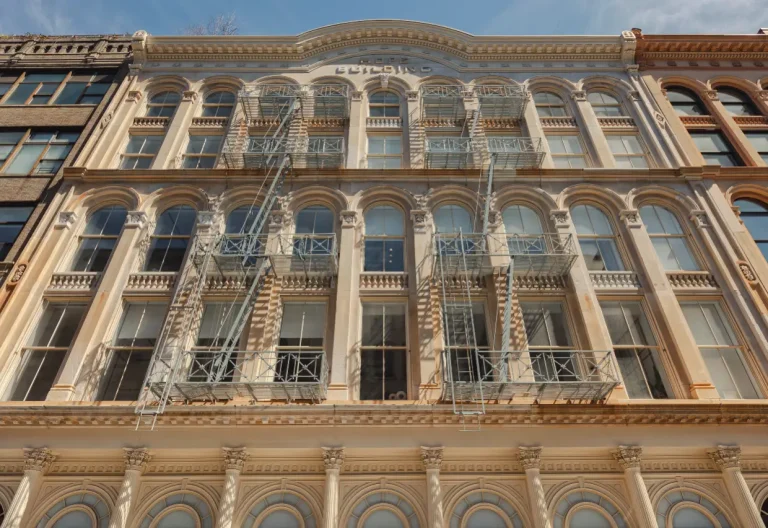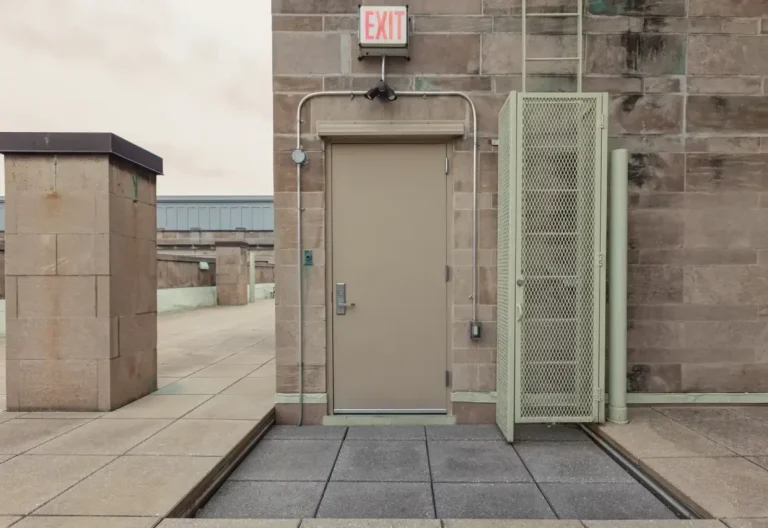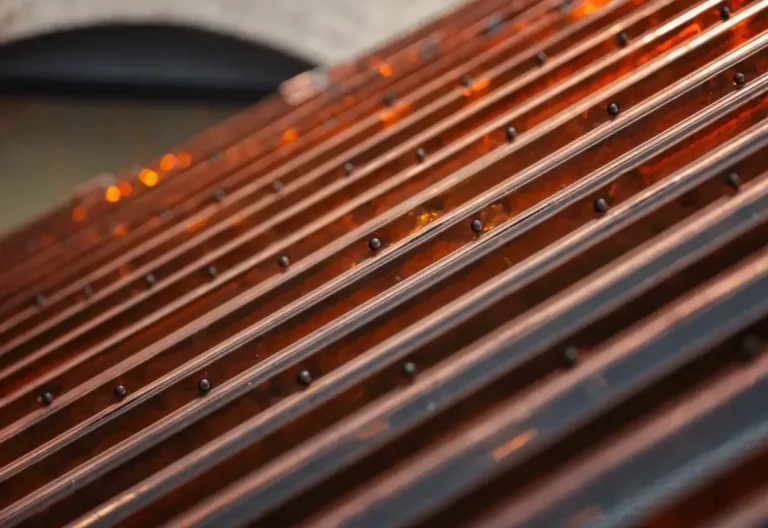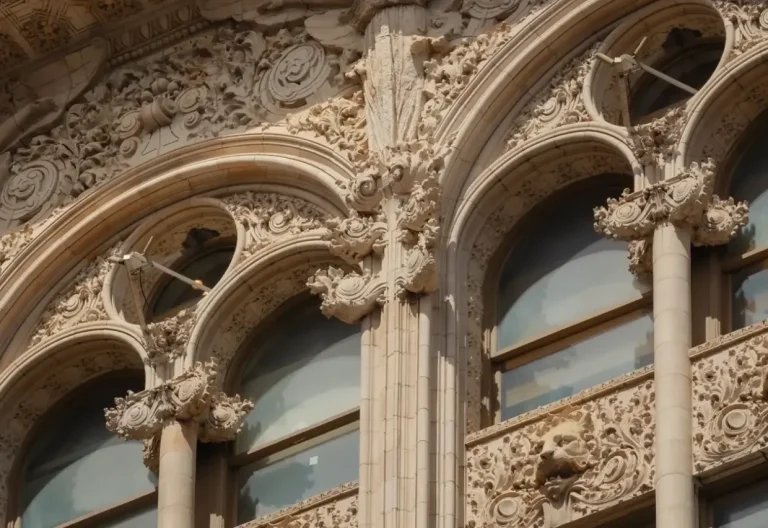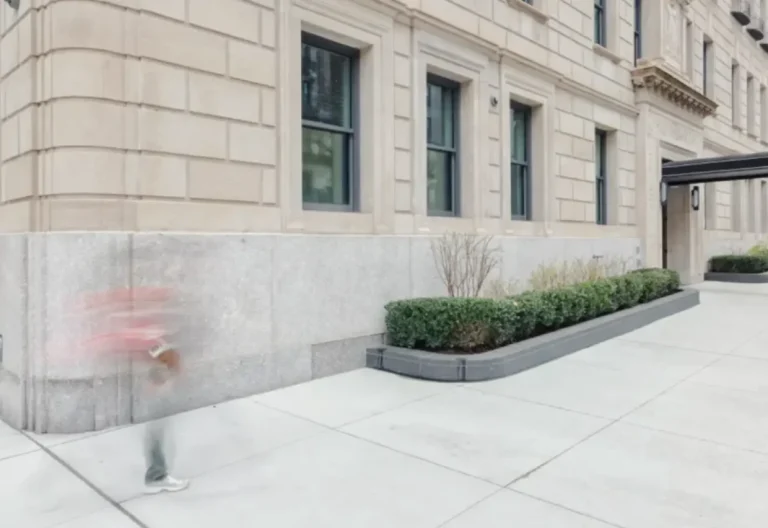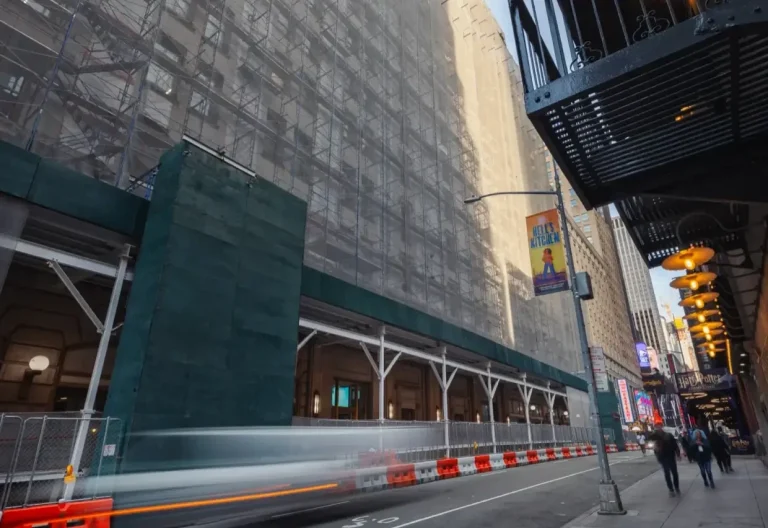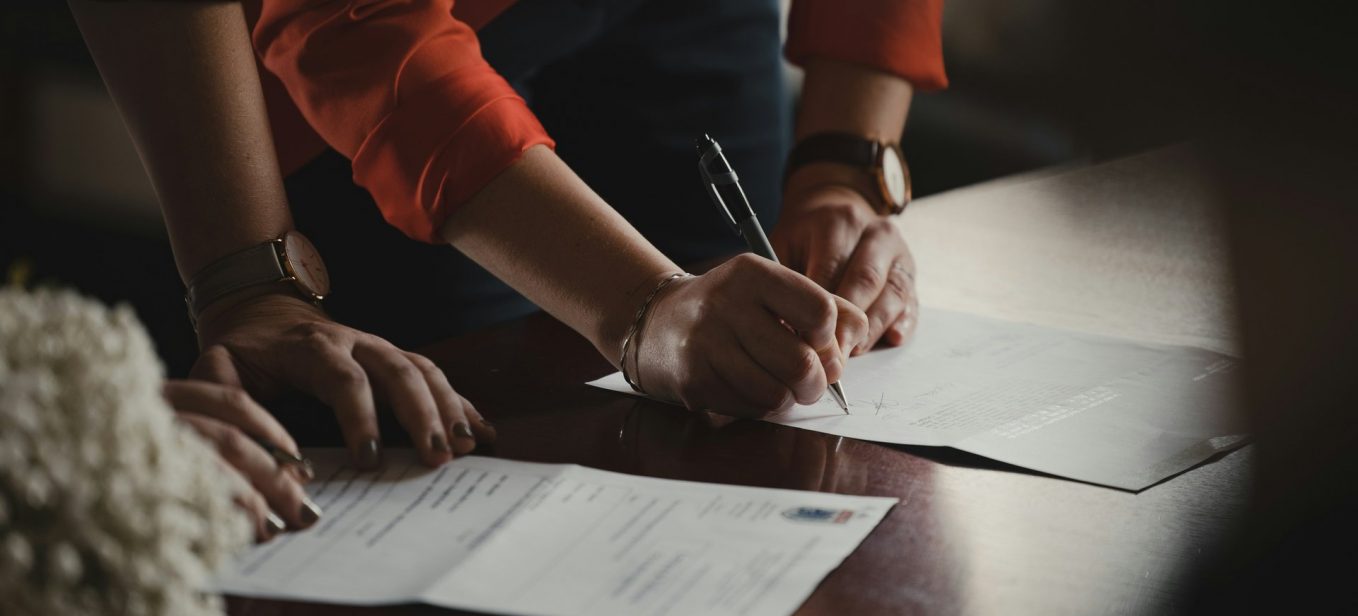
Local Law 11 Compliance: Deadlines and How to Meet Them
- By: Nova Construction Team
- Published:
- Updated: December 19, 2025
The integrity of building facades is not just a matter of aesthetics — it's a critical safety concern.
Local Law 11, also known as the Facade Inspection & Safety Program (FISP), is a cyclical inspection program issued by the New York City Department of Buildings (DOB). It aims to check the integrity of facades and protect the public from falling debris from deteriorated buildings.
As we approach a new inspection cycle, it’s the perfect time to learn more about the deadlines and prepare for the upcoming facade inspection.
What Is Local Law 11 (FISP)
Local Law 11 is a set of regulations that mandates regular inspections of building exteriors to ensure public safety. These regulations are a cornerstone of New York City’s efforts to maintain the structural integrity of its iconic skyline.
Here are the key points:
- applies to buildings over six stories tall
- requires inspection every five years
- inspections must be conducted by a Qualified Exterior Wall Inspector (QEWI)
- reports must be filed with the Department of Buildings (DOB)
As we mentioned before, the primary goal of Local Law 11 is to prevent accidents caused by deteriorating facades, such as falling debris or structural failures.
By enforcing regular inspections, the city aims to maintain the safety of both residents and pedestrians.
FISP Cycle 10 Overview
As we enter FISP Cycle 10, it’s important to note the key dates:
- start date: February 21, 2025
- end date: February 21, 2030
This cycle is divided into three sub-cycles, each lasting two years. The sub-cycle your building falls into is determined by the last digit of your building’s block number.
| Sub-Cycle | Block Number’s Final Digit | Sub-Cycle Start Date | Filing Deadline |
|---|---|---|---|
| A | 4, 5, 6, 9 | February 21, 2025 | February 21, 2027 |
| B | 0, 7, 8 | February 21, 2026 | February 21, 2028 |
| C | 1, 2, 3 | February 21, 2027 | February 21, 2029 |
Sub-Cycle 10A (February 21, 2025 - February 21, 2027)
Buildings with block numbers ending in 4, 5, 6, or 9 fall into this sub-cycle. If your building is in this group, here’s what you need to know:
- The inspection window opens on February 21, 2025.
- Reports must be filed by February 21, 2027.
- Address any SWARMP conditions from Cycle 9A before this sub-cycle begins.
Important: SWARMP (Safe With a Repair and Maintenance Program) conditions identified in Cycle 9A must be remedied by the recommended repair date in the Cycle 9 report. If left unrepaired, these conditions will default to “Unsafe” at the close of sub-cycle 10A on February 21, 2027.
Sub-Cycle 10B (February 21, 2026 - February 21, 2028)
For buildings with block numbers ending in 0, 7, or 8:
- the inspection window opens on February 21, 2026
- reports must be filed by February 21, 2028
Sub-Cycle 10C (February 21, 2027 - February 21, 2029)
Buildings with block numbers ending in 1, 2, or 3 fall into this sub-cycle:
- the inspection window opens on February 21, 2027
- reports must be filed by February 21, 2029
Preparing for FISP Cycle 10
To ensure compliance and avoid last-minute rushes, building owners and managers should start preparing well in advance.
Here are some steps to take:
- review previous inspection reports
- address any SWARMP conditions
- plan and budget for potential repairs
- schedule your QEWI inspection early in your sub-cycle
- maintain regular facade maintenance in the meantime
By taking a proactive approach, you can:
- avoid potential safety hazards
- prevent costly emergency repairs
- ensure timely compliance with Local Law 11
- maintain the value and integrity of your property
Compliance Process
Navigating the Local Law 11 compliance process can seem daunting. Let’s break it down into manageable steps to make it more approachable.
- Hire a Qualified Exterior Wall Inspector (QEWI).
- ensure they are licensed by the NYC Department of Buildings
- check their experience with similar buildings
- Conduct the inspection.
- the QEWI will examine all exterior walls and appurtenances
- they may use various methods, including visual inspection and hands-on examination
- Prepare and file the report.
- the QEWI will categorize facade conditions as Safe, SWARMP, or Unsafe
- file the report with the DOB before your sub-cycle deadline
- Address any issues.
- immediately repair any Unsafe conditions
- plan for SWARMP repairs before they become Unsafe
Note: If Unsafe conditions are found, you must install protective measures within 24 hours and make repairs within 30 days.
Consequences of Non-Compliance
Failing to comply with Local Law 11 can result in serious consequences that extend beyond mere regulatory issues. The repercussions can affect your building’s safety, finances, and reputation.
Here’s what you need to be aware of:
- financial penalties:
- initial penalty of $1,000 per year
- additional penalties of $250 per month for late filings
- legal consequences:
- the DOB may take legal action against non-compliant building owners
- potential liability issues if accidents occur due to neglected facades
- safety risks:
- unaddressed facade issues can lead to dangerous situations
- falling debris can cause injury to pedestrians or damage to property
- reputation damage:
- non-compliance can negatively impact your building’s reputation
- it may affect property values and the ability to attract tenants or buyers
Tips for Meeting Facade Inspection Safety Program Deadlines
To ensure timely compliance with Local Law 11, consider the following tips:
- Start early: Begin the process well before your sub-cycle deadline.
- Budget appropriately:
- include inspection costs in your annual budget
- set aside funds for potential repairs
- Conduct regular facade maintenance:
- implement a year-round maintenance program
- address minor issues before they become major problems
- Keep detailed records:
- maintain a file of all inspection reports and repair work
- this history can be valuable for future inspections and potential buyers
- Stay informed:
- keep up with any changes to Local Law 11 regulations
- attend workshops or seminars on facade maintenance and compliance
- Take advantage of the latest technology:
- use project management software to track deadlines and repairs
- implement a digital record-keeping system for easy access to important documents
Got a project in mind? Let's chat about bringing your construction vision to life!
Final Thoughts
Compliance with Local Law 11 is not just a legal requirement — it’s a crucial aspect of maintaining the safety and integrity of New York City’s skyline.
By understanding the deadlines of FISP Cycle 10 and taking a proactive approach to facade maintenance, building owners and managers can ensure they meet their obligations while protecting their investments and the public.
Key takeaways:
- Know your sub-cycle: Determine which sub-cycle your building falls into based on your block number.
- Plan ahead: Start preparing for your inspection well before the deadline.
- Address issues promptly: Don’t let SWARMP conditions become Unsafe.
- Stay compliant: The costs of non-compliance far outweigh the investment in proper maintenance and inspections.
Ensure your building’s compliance and safety with Nova Construction Services. We specialize in Local Law 11 repairs, providing expert guidance and comprehensive solutions to ensure your building remains compliant and safe. Contact us today to learn how we can help you navigate FISP Cycle 10 with confidence!

